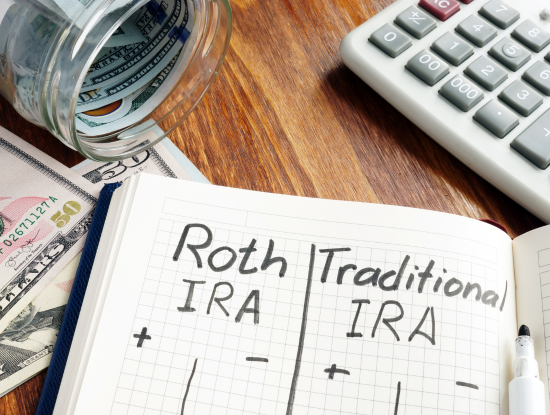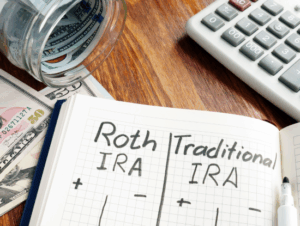
How IRAs Help You Now and Later
Last updated on October 16, 2025
 Saving for retirement doesn’t have to be overwhelming. One good place to start—or revisit—is with an individual retirement account (IRA). These accounts offer tax benefits that can make saving more manageable over time.
Saving for retirement doesn’t have to be overwhelming. One good place to start—or revisit—is with an individual retirement account (IRA). These accounts offer tax benefits that can make saving more manageable over time.
The basics
IRAs let your investments grow without being taxed right away. You’ll pay taxes when you withdraw the money, depending on the type of IRA you choose. In some cases, you may also be able to deduct your contributions on your federal tax return.
Here’s a rundown of the main options:
Traditional IRA
- This is the most common type.
- You don’t pay tax on the money you put in until you take it out.
- Contribution limits depend on your age and income.
- Taking money out before age 59½ may mean a 10% penalty—unless you meet certain exceptions.
- Required withdrawals start at age 73 (or 72 if you turned 72 in 2022).
- Beneficiaries of the IRA follow special rules when taking distributions.
Roth IRA
- Contributions are made with after-tax dollars, so no deduction up front.
- Qualified withdrawals are tax-free.
- You’re not required to take money out during your lifetime.
Other IRA options
- SEP IRA: Employers can contribute to IRAs for their employees.
- SIMPLE IRA: Both employers and employees can contribute. Good fit for small businesses without a current retirement plan.
- Payroll deduction IRA: Employees arrange for regular IRA contributions through payroll, either to a traditional or Roth IRA.
Want to dig deeper?
Check out these IRS resources:



